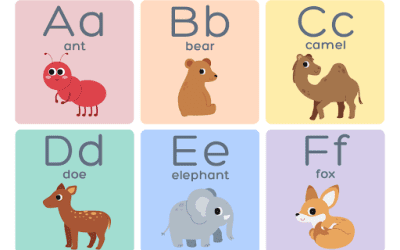The curriculum development process involves many moving parts that work to create material that compels the learner. This process includes a team of graphic designers, web developers, writers, copy editors and instructional designers. The instructional designer (ID) plays an important role in the curriculum development process. An ID is an expert in the learning process and advocates on behalf of the learner throughout the curriculum development process.
The ID’s role
To get a better understanding of what an ID does, let’s look at tasks they complete in the curriculum development process. An ID:
- Conducts a needs assessment to determine what the learner needs to know and what gap of knowledge exists.
- Identifies the learning environment and existing equipment available for the learners.
- Asks questions such as:
- Do the learners have access to Microsoft Word?
- Do the learners view the material on their phones or on a laptop?
- Works with a subject matter expert to collect information based on the needs of the learner.
- Writes learning objectives with measurable outcomes such as, “the learner will create a 5-minute presentation.”
- Designs a detailed storyboard of how the material should look and interactions it should include.
- Evaluates the material to ensure it aligns with the learning objectives.
An ID is an integral part of the curriculum design process. This handout explains the 4 steps of curriculum design and development.
The benefits of working with an ID
The tasks above illustrate that the ID is involved throughout the entire development process and brings valuable input. One of the biggest benefits in having an ID is learner advocacy. From the beginning of the curriculum development process, the ID is working to understand the learner. The ID uses this information to design material that best meets the learner’s needs. The ID uses his or her expertise of learning to write learning objectives with measurable outcomes. The material is then designed from these objectives, ensuring that the learner’s progress is measurable. Finally, the ID works to evaluate the material. The evaluation ensures that the material developed meets the outlined standards of rigor. If there are any errors that arise, the ID alerts the team, and revisions are made.
To sum it all up, here are three benefits you gain from working with an ID:
- Learner advocacy
- Material designed from measurable outcomes
- Evaluation of the material
Now that you have an idea of the importance of working with IDs, it is time to dive further into the ID process. Check out our explainer video about how the ID process works.




